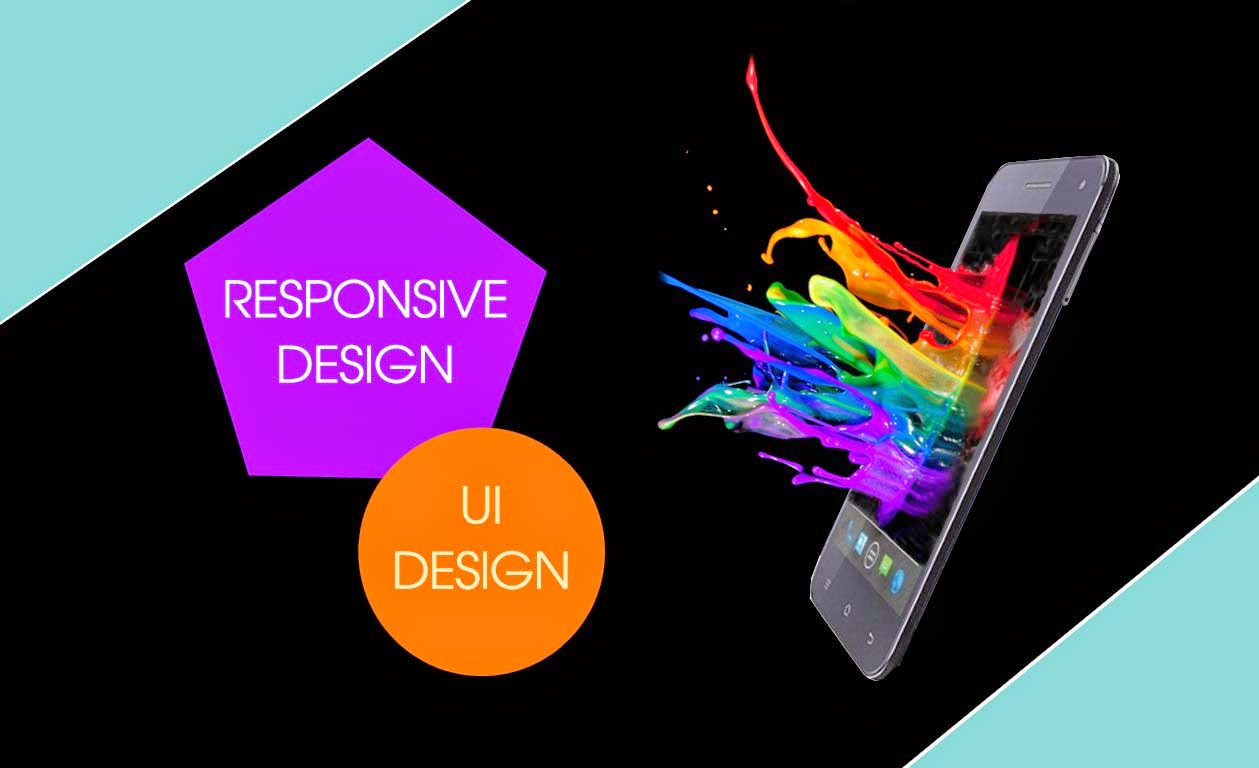Perhaps the most challenging aspect of modern web design is usability. Even top NYC web designers sometimes find it difficult to create unique solutions for every client. Gone are the times when websites all fit into desktops or laptops. Nowadays, they can be every size and shape. How and when did this happen?
The appearance of smartphones has given society a whole new lifestyle – along with a new demand for web design. Among 60% of people with at least one smartphone in the United States alone; more than half of them are using their device to go on the web.


Thus, traditional web design rules may not always apply.
Aside from the display, the web designer has to think about navigation and content. Creating websites based on such high-end technology may prove to be very challenging indeed.
However, with a few minor tricks, websites can be optimized to work best with smartphones. Starting with its usability. Know how to build stunning sites that are easy to use, understandable, and comfortable to navigate. Here's how:
1.
Dissect Content
Quality
content is still king. When designing websites for smartphones, make
sure that content is clear and concise. Mobile users generally are
impatient and want quick information. Content that can be scanned in
a few seconds is a win. Highlight the most important points for easy
identification as well.
2.
Space CTA
The
space between two buttons can mean a difference between 'Buying Now'
or 'Going Back'. For websites who don't do well on this aspect, users
may not visit them again – even when requested. Aside from giving
enough space between CTA's, make it big enough for fingers to access.
A 44×44 px dimension should be enough for a decent and
well-crafted button.
3.
Review Rollover Functions
The
'roll over' feature is great; particularly for ecommerce sites.
However, it may not be as effective on smartphones. A 'roll over'
happens when an image automatically zooms in when a cursor hovers
over it. Unfortunately, this usually works best on desktops than
smartphones. Web designers should work with web developers to
properly optimize a page with roll over functions.
4.
Swipe vs. Click
Smartphone
screens can be tricky to utilize. Clicking to go from one web page to
another may take a while; thus prompting a user to exit the website.
According to several studies, people on their mobile phones can only
wait 3-5 seconds for a site to load. Consider a swiping action
instead when it comes to navigation. Not only can it reduce loading
times; it's also easier for users and their devices.
5.
Drop Elements
Building
a simple mobile web design is not easy. It often includes having to drop
certain elements because they won't fit on the small screen.
Carefully choose the most important aspects without compromising user
experience. Make sure that products and/or services are properly
categorized. Be wary of color, size, font, and style. Remember: even
mobile users still look at what's beautiful.










Five main points to be focused for how website designing could be, which is really useful and informative. Thanks a lot. kovai it software solutions | kovai e solutions
ReplyDeleteGood work…unique site and interesting too… keep it up…looking forward for more updates.Good luck to all of you and thanks so much for your hard-work.
ReplyDeleteLanguage Interpretation Services, Voiceover Bangalore